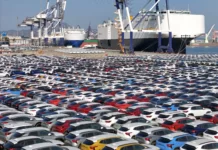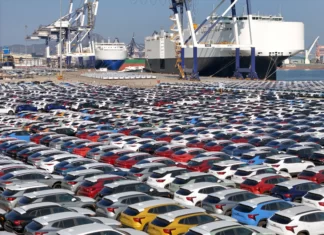Singapore: Oil prices edged up on Wednesday, rising for a third day, on signs that markets are gradually tightening after years of oversupply, although the outlook for 2018 remained less certain.
U.S. West Texas Intermediate (WTI) crude futures were trading at $51.06 per barrel at 0523 GMT, up 14 cents, or 0.3 percent, from their last settlement. Prices rose 2 percent the day before to back above $50 a barrel.
Brent crude futures, the international benchmark for oil prices, were at $56.69, up 8 cents, or 0.1 percent, from their last close. Brent also rose 2 percent the previous day.
Traders said they would look to U.S. fuel inventory data on Wednesday and Thursday for indicators on price direction.
A U.S. federal holiday on Monday delayed the release of weekly inventory numbers by a day. The American Petroleum Institute (API) is scheduled to release its data for last week at 2030 GMT on Wednesday, and the U.S. Department of Energy’s report is due Thursday.
Overall, analysts said short-term conditions were tightening.
“We…raise our Q1 2018 (Brent) price forecast by $5 per barrel to $56,” Barclays bank said. “Inventory draws will likely cause the market to refocus on geopolitical risks and low levels of spare capacity.”
Price support is also coming from economic growth, which the International Monetary Fund forecast late on Tuesday would be 3.6 percent globally this year and 3.7 percent for 2018.
Brent has so far averaged $52.70 per barrel this year. By the end of the year, Barclays said it expected Brent to have averaged around $53 per barrel.
Despite this, Barclays said oil could dip again in 2018, with second-quarter 2018 Brent likely to fall back to $48 a barrel, thanks largely to rising global output.
A pact between the Organization of the Petroleum Exporting Countries (OPEC) and other producers including Russia to cut output by 1.8 million barrels per day (bpd) in order to prop up prices is due to expire by the end of March 2018.
Discussions to extend the pact are taking place, but production elsewhere is rising.
U.S. producers are not participating in any pledge to restrain supply, and output has risen by 10 percent this year to over 9.5 million bpd.
























